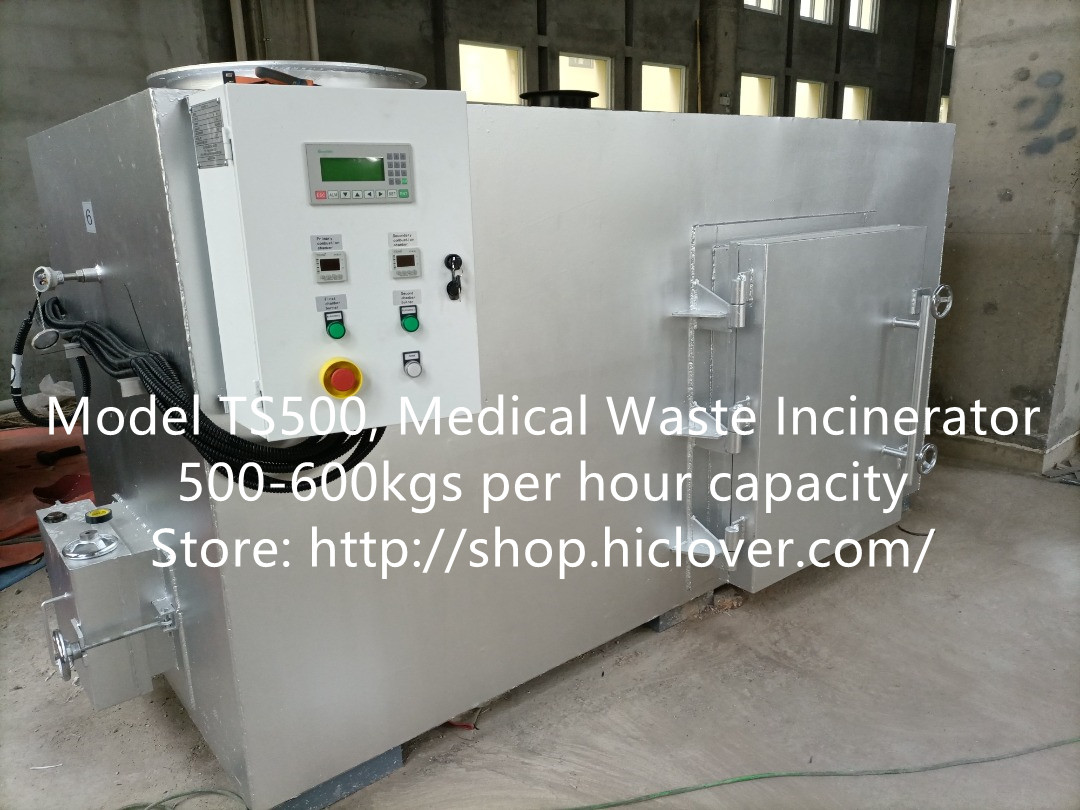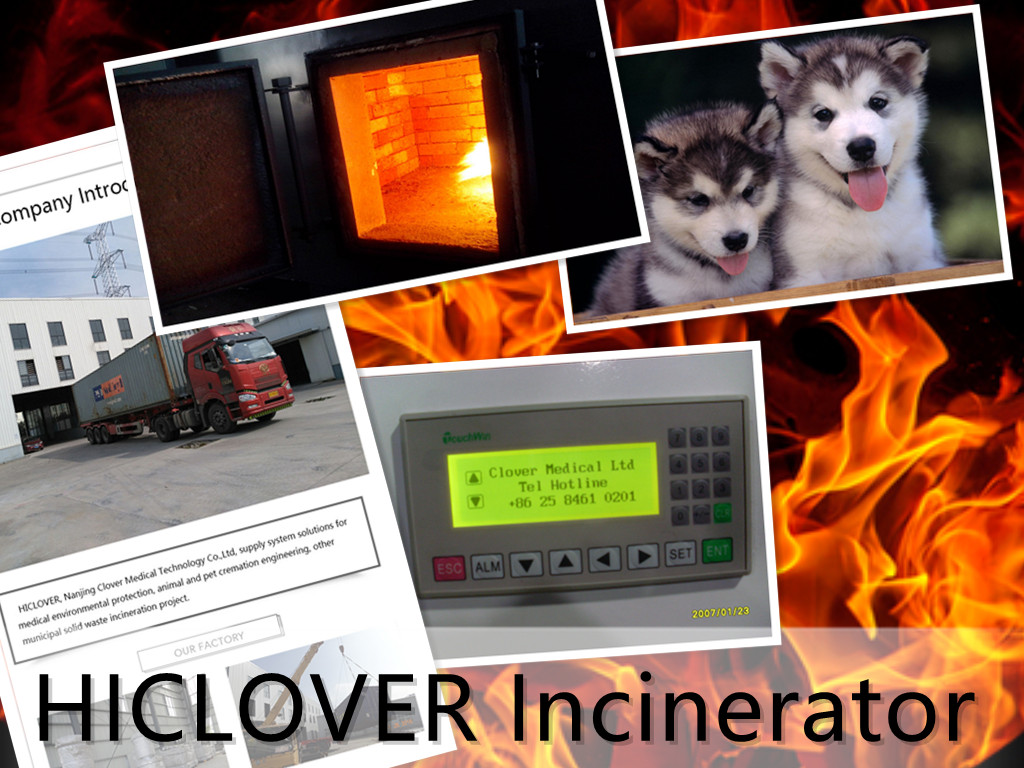Waste incineration is a common method for disposing of solid waste and generating energy. One of the key components of an incineration plant is the grate system, which plays a crucial role in the overall functioning of the facility.
The grate system in a waste incinerator is responsible for feeding the waste into the combustion chamber, ensuring efficient and controlled burning of the waste, and facilitating the removal of ash and other residues. It is a complex and intricate system that requires careful design and maintenance to ensure optimal performance.
One of the primary functions of the grate system is to control the flow of waste into the combustion chamber. This is achieved through a series of moving grates that transport the waste from the feeding hopper to the combustion zone. The grates are typically made of heat-resistant materials such as cast iron or steel to withstand the high temperatures inside the incinerator.
The movement of the grates is carefully regulated to ensure a steady and uniform supply of waste to the combustion chamber. This helps to maintain a consistent and efficient burning process, preventing hot spots and ensuring thorough combustion of the waste.
In addition to regulating the flow of waste, the grate system also plays a crucial role in the efficient burning of the waste. The design of the grates and their movement patterns are optimized to promote turbulence and mixing of the waste, allowing for more complete combustion and reduced emissions of air pollutants.
Furthermore, the grate system facilitates the removal of ash and other residues from the combustion chamber. As the waste is burned, the non-combustible materials such as glass, metals, and inorganic compounds are left behind as ash. The grate system helps to transport the ash out of the combustion chamber and into the ash handling system for further processing and disposal.
Proper maintenance and operation of the grate system are essential for the efficient and safe operation of a waste incinerator. Regular cleaning and inspection of the grates and associated components are necessary to prevent blockages and ensure smooth operation. Additionally, the movement of the grates must be carefully calibrated to maintain the proper flow of waste and promote thorough combustion.
In conclusion, the grate system is a critical component of waste incinerators, playing a key role in feeding the waste into the combustion chamber, promoting efficient burning, and facilitating the removal of ash. Understanding the function of the grate system is essential for ensuring the safe and effective operation of waste incineration facilities.



